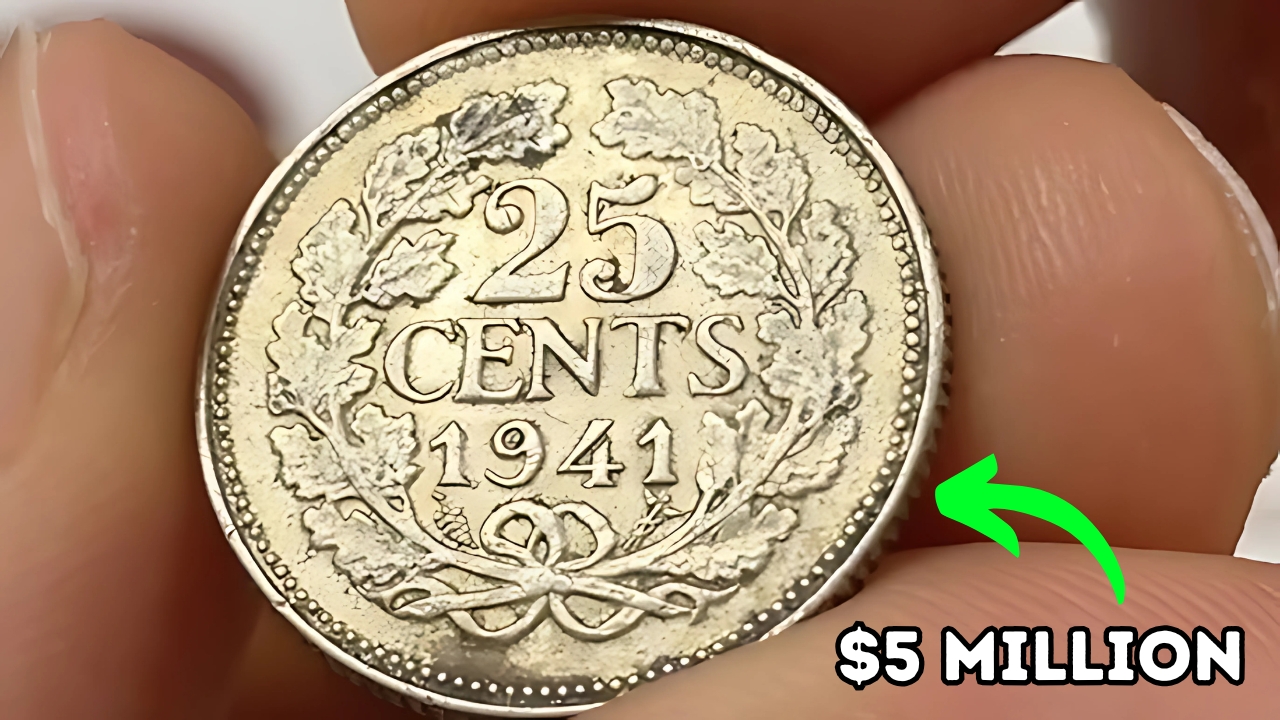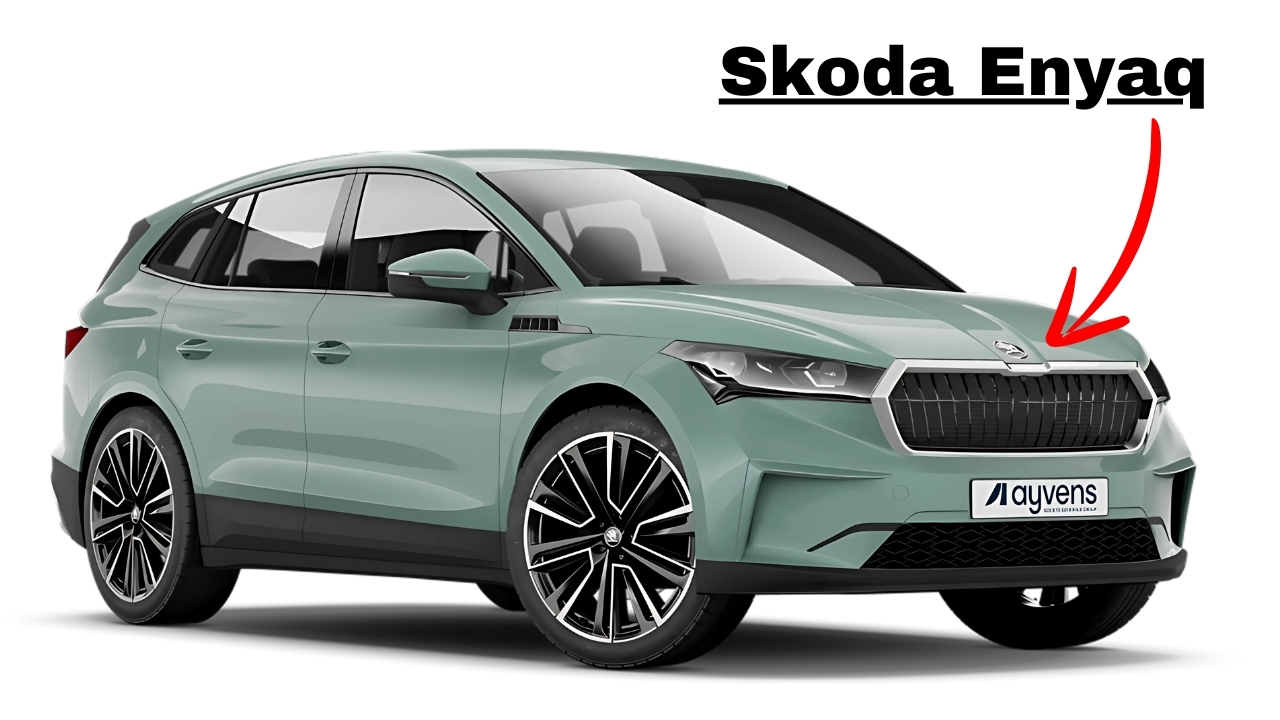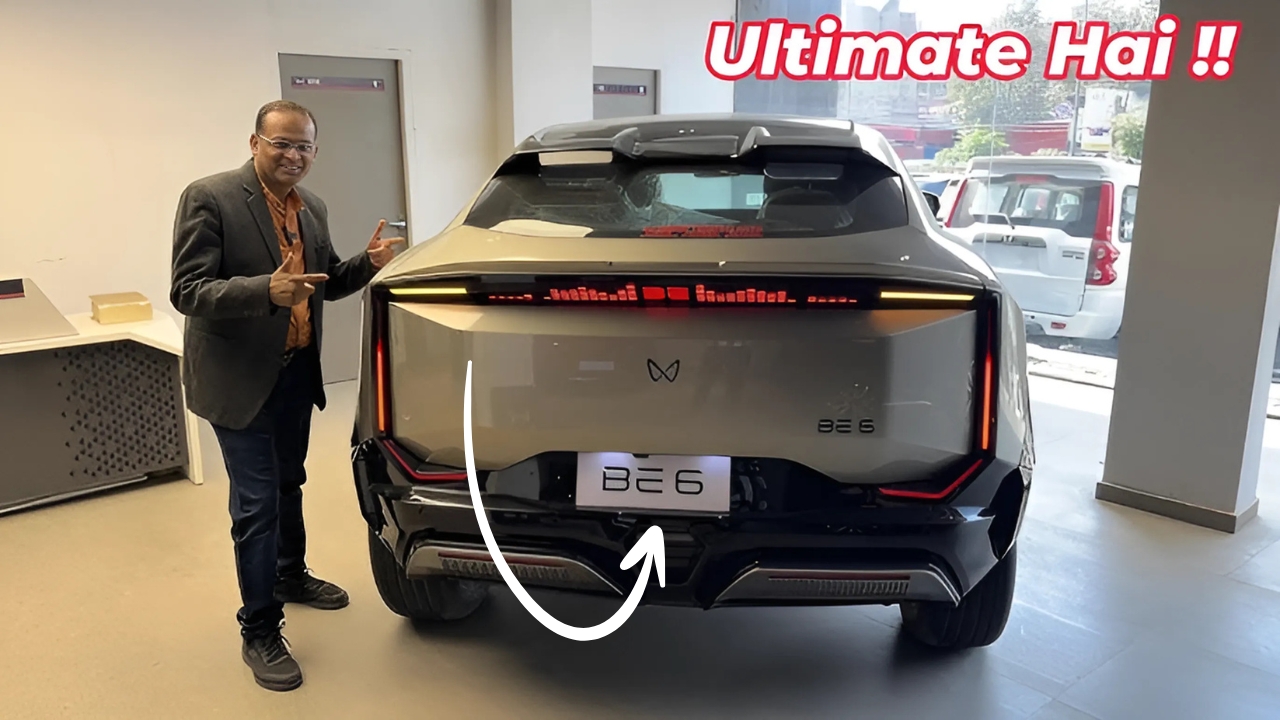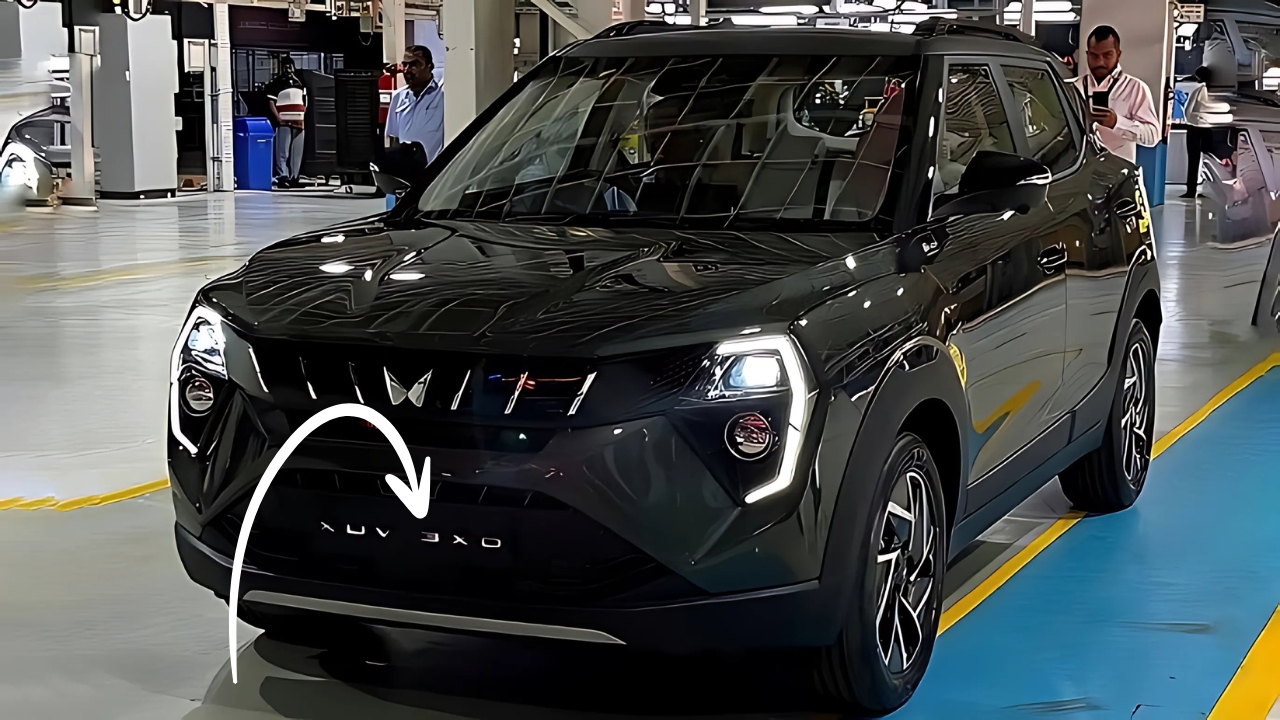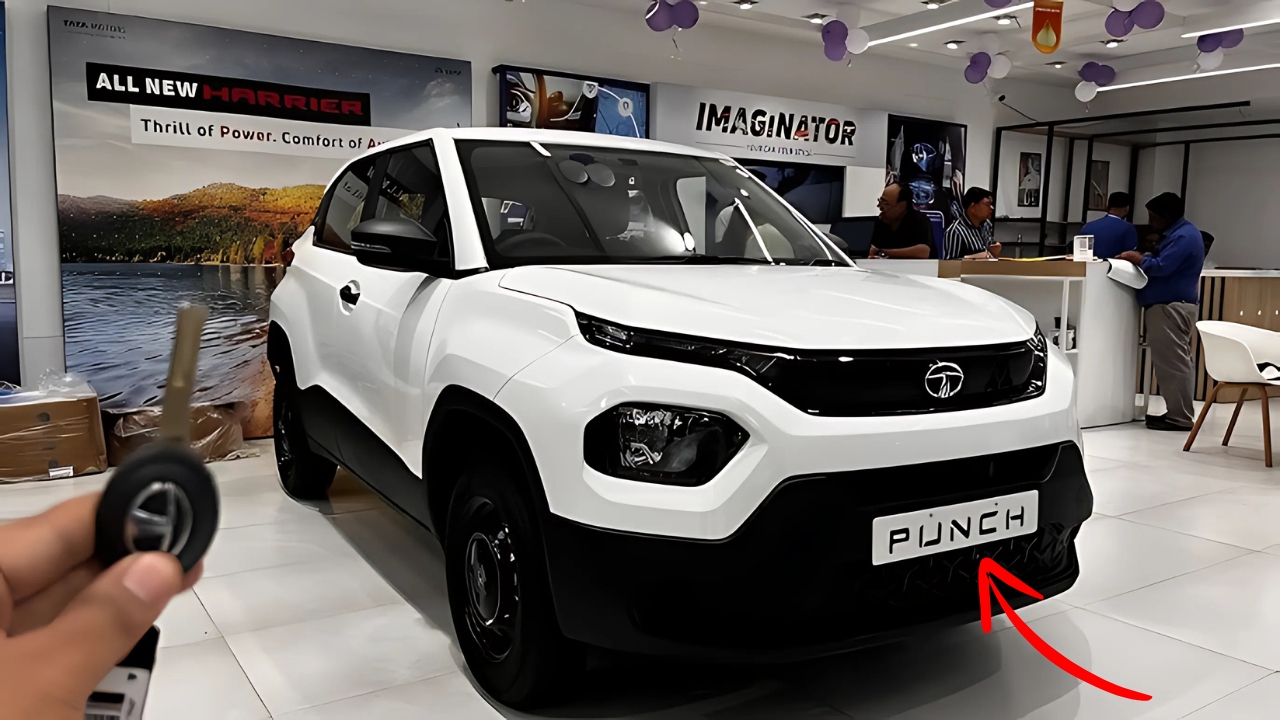Rajdoot 350 : The Indian motorcycling scene is buzzing with excitement and nostalgia, as rumors swirl about the potential return of the legendary Rajdoot 350. Once a beloved motorcycle that captured the hearts of riders across India, its possible revival has sparked a renewed interest among enthusiasts both young and old.
Veteran riders reminisce about the bike’s glorious past, while newcomers are intrigued by the stories surrounding this iconic machine. So, what’s the truth behind these speculations? Is the Rajdoot 350 set to make a triumphant comeback in the modern motorcycling landscape? Let’s delve into the rich history of the Rajdoot 350 and consider its prospects in today’s market.
The Rajdoot 350, often referred to as the RD 350, was more than just a motorcycle; it was a symbol of speed and innovation that shaped a generation of Indian motorcycling.
Launched in the 1980s when Indian roads were filled with ordinary commuter bikes, this robust machine was a modified version of the Yamaha RD350B, tailored to meet Indian needs and conditions.
Manufactured by the Escorts Group under the Rajdoot banner, this Japanese powerhouse quickly evolved from a means of transport to a dream machine for speed lovers throughout the subcontinent.
Boasting a 347cc, two-stroke, air-cooled parallel-twin engine, the Rajdoot 350 was a thrilling ride that offered performance levels far superior to those of its contemporaries.
It was available in two variants to accommodate different riding styles: the High Torque (HT) version delivered an impressive 30.5 bhp for the power-seeking riders, while the Low Torque (LT) version generated 27 bhp but promised better fuel economy for those seeking practicality.
These power outputs were groundbreaking at the time, especially in a market where most bikes struggled to reach half those figures.
The motorcycle’s remarkable acceleration, nimble handling, and overall performance set new standards that have continued to be referenced decades later.
Rajdoot 350: The End of an Era
Despite its iconic status and superior performance, the lifespan of the Rajdoot 350 was relatively brief.
Production came to an end in 1990, with the last units rolling out in 1991. A combination of factors led to the collapse of this legendary bike:
-
Fuel Efficiency Concerns: The bike’s high fuel consumption became a significant issue, especially in an era when efficiency was increasingly prioritized by cost-conscious consumers.
-
Costly Maintenance: The advanced engineering required expensive spare parts and maintenance, which was a burden for many owners.
-
Skilled Mechanics Shortage: The complexity of the two-stroke engine necessitated specific expertise, which was particularly scarce in smaller towns.
-
Stricter Emission Norms: New environmental regulations made compliance difficult for two-stroke engines while attempting to maintain their renowned performance.
The discontinuation of the Rajdoot 350 left a gap in the Indian motorcycle market that few have managed to fill, despite countless high-performance bikes being launched in the years since.
The motorcycle’s unique blend of unbridled power, distinctive two-stroke character, and accessible pricing has created a lasting legacy that still stirs passionate discussions among enthusiasts.
Rajdoot 350: Rumors of a Revival
Claims of an incredible mileage of 80 kmpl and a launch price of just ₹1 lakh have sent ripples of excitement (and skepticism) through the motorcycling community.
The frenzy of anticipation has left fans hoping for official word from any reputable source.
However, it’s crucial to take these rumors with caution. The claims surrounding the new model appear unrealistic, particularly given economic realities and technological constraints in today’s market.
-
Ownership Complications: The Escorts Group, the original manufacturer of the Rajdoot 350, shut down its motorcycle operations in 2001, focusing instead on tractors and auto components. Rebuilding their motorcycle manufacturing capabilities from the ground up would require substantial investment, making it unlikely given current market dynamics.
-
Brand Recognition: Unlike resurrections like Jawa and Yezdi, which maintained a cultural presence during their hiatus, the Rajdoot brand hasn’t fostered the same level of nostalgic connection with younger consumers. The limited awareness among newer generations poses a challenge for potential commercial viability.
-
Technological Hurdles: Reintroducing a two-stroke engine today would be fraught with challenges due to modern emission standards, making it nearly impossible to deliver traditional performance while conforming to today’s regulations. Developing a new engine that satisfies both performance expectations and environmental laws would demand extensive research and development, leading to higher pricing.
-
Market Pricing Discrepancies: The suggested starting price of ₹1 lakh for a 350cc motorcycle seems unrealistic in a contemporary market where such models typically range from ₹2 to ₹3 lakhs. This discrepancy fails to account for rising manufacturing costs and advanced technology, which are essential for a heritage brand relaunch.
Rajdoot 350: A Reality Check
The situation surrounding the reported return of the Rajdoot 350 warrants critical examination. Thorough investigations have revealed that the much-circulated images are, in fact, pictures of a generic Chinese cruiser with the “Rajdoot” branding added digitally.
This revelation underscores the extent to which nostalgia can fuel speculation and excitement within the motorcycle community.
The absence of any official backing from legitimate manufacturers further cements the notion that these rumors are indeed unfounded.
Rajdoot 350: The Nostalgia Factor
Even though evidence for a revival remains elusive, the sheer buzz surrounding the prospect of the Rajdoot 350’s return illustrates its lasting influence on Indian motorcycle enthusiasts.
The recent Auto Expo 2025 showcased this phenomenon, with Yamaha Motor India displaying the original RD 350, alongside other classics like the RX 100, drawing large crowds eager to connect with the past.
This exhibition celebrated Yamaha’s 40 years in India, becoming a highlight of the event.
This gathering not only featured vintage motorcycles but also forged a strong emotional bond, with older fans reminiscing and younger visitors discovering a rich legacy in Indian motorcycling.
By linking Yamaha’s historical significance with modern ambitions, the display illustrated how heritage can enhance brand value in today’s competitive marketplace.
Rajdoot 350: The Current 350cc Landscape
While the likelihood of the Rajdoot 350’s return remains slim, the 350cc segment in India is booming with fresh energy. Iconic brands like Royal Enfield continue to shine with their Classic and Meteor models, while newcomers like Honda’s H’ness CB350 and Harley-Davidson’s X440 provide exciting new options.
These contemporary bikes blend retro aesthetics with state-of-the-art technology, appealing to riders who appreciate both nostalgia and reliability.
Rajdoot 350: Looking to the Future
The motorcycle industry is at a pivotal moment as it shifts towards electric mobility and environmentally-friendly solutions.
While the idea of bringing back the Rajdoot 350 in its original form remains unlikely, the emergence of a spiritual successor is a possibility that shouldn’t be overlooked.
Such a successor could be an electric motorcycle embodying the original’s essence, while complying with modern environmental standards, capturing the thrill and spirit of the Rajdoot 350 for a new generation.
Rajdoot 350: Conclusion
The Rajdoot 350’s legacy endures, captivating motorcycle lovers from various generations and leaving an indelible mark on Indian automotive history.
While rumors of its return may not hold water, the discussions evoked demonstrate the bike’s iconic status.
The ongoing debates and excitement surrounding these whispers, even amongst those who never experienced the original, speak to the profound cultural influence of the Rajdoot.
For now, it remains a cherished memory symbolizing a time when sheer power and uncomplicated design ruled the roads. The distinct sound of its two-stroke engine and its exhilarating acceleration continue to live on in the tales shared among enthusiasts.
These stories, passed down through generations, have transformed the Rajdoot 350 into a legend that inspires passionate dedication. As we move forward in the world of Indian motorcycling, we can only hope that the spirit of innovation and excitement embodied by the Rajdoot 350 will continue to ignite the imaginations of both manufacturers and riders alike.
Whether we see a new Rajdoot 350 on the streets again or not, its legacy endures in the hearts of those who cherished its ride and the dreams of those who yearn for its return.
Its influence is alive and well among vintage bike enthusiasts dedicated to restoring existing models, reflected in the high auction prices of these bikes and the admiration they receive at classic motorcycle exhibitions.
Each restored Rajdoot 350 serves as a testament to the golden age of Indian motorcycles, encapsulating its rich history.
Ultimately, the enduring legacy of the Rajdoot 350 lies in its ability to inspire passion, long after production ended, highlighting its significance in the cultural tapestry of Indian motorcycling.
Great motorcycles, after all, never truly fade away; they evolve into cultural icons that continue to inspire future generations.

